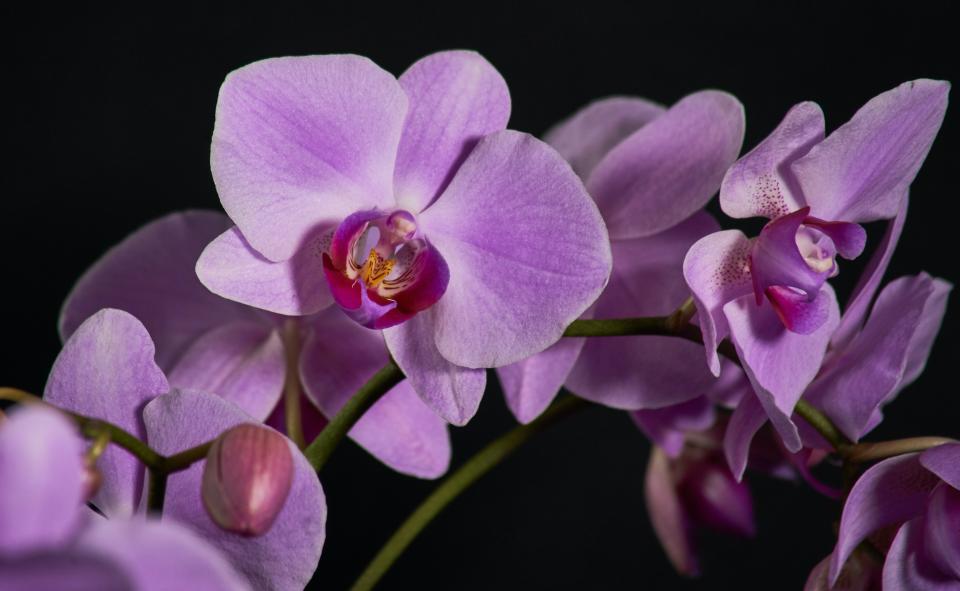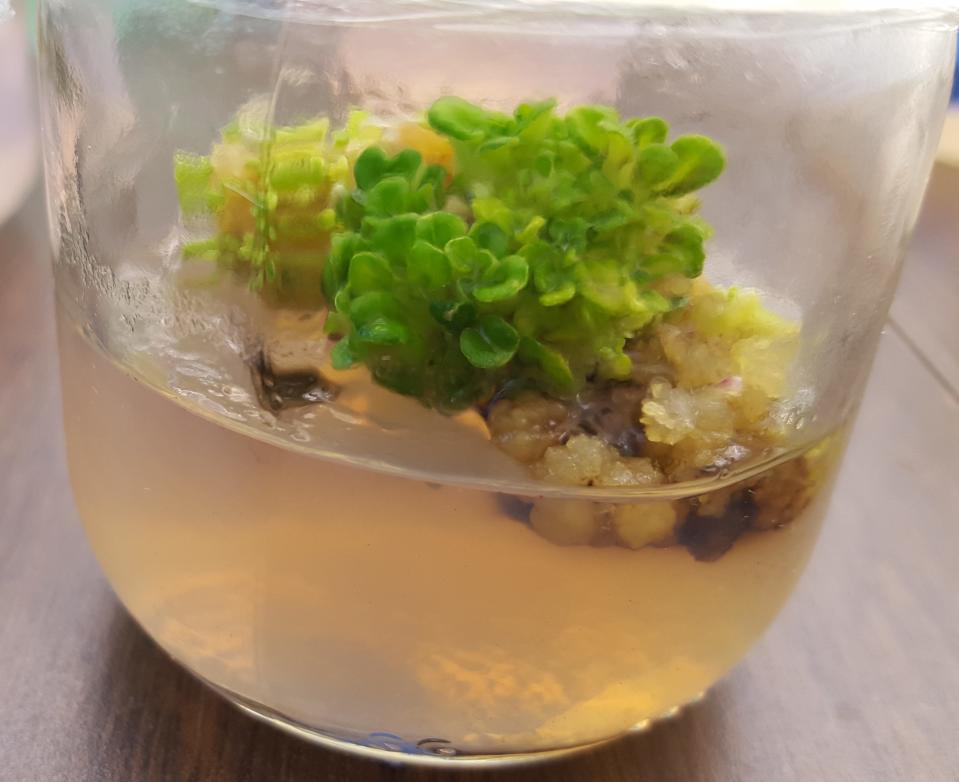Over the Garden Gate: Plant tissue culture – A unique propagation tool
Do you wonder why orchid plants have only become generally available for purchase in the last few years? Tropical orchids are very difficult to grow from seeds outside of their natural environment. Their seeds, by themselves, do not contain enough nutrients for successful germination and growth.
In nature, the germinating orchid seed associates with certain fungi which supply the seed with the necessary nutrients. Without the presence of the fungi, the seed will not produce a plant. Commercial growers did not find it economically feasible to artificially create this environment to grow mass-market orchids from seed. Propagation by division or by plant cuttings was either unsuccessful or took too long a time to produce many viable, flowering plants.

So, what has changed? The growers now use a plant propagation technique called plant tissue culture. Many full-sized plants can be produced by starting with only a small piece of plant tissue – about the size of a grain of rice. The small piece of the plant is placed in a sterile environment on a medium containing the nutrients needed for growth. The cells multiply and divide – first forming just a clump of cells, called a callus. This callus can be divided over and over to produce more cell clumps growing on sterile growth media. Eventually, the callus can be induced to form roots and shoots by changing the concentration of plant hormones in the growth media. These small plants will ultimately be transplanted out into more typical containers to grow into full-sized plants.

The photo illustrates both callus tissue and the plants that formed in a small-scale tissue culture experiment. The techniques used were the same as those described above, but a small piece of an African violet leaf was used to begin the process. The yellowish clump is callus tissue; the green leaves are the many, small African violet plants which eventually formed.
You might wonder how one can obtain a full plant from a small leaf section. It’s possible because every plant cell contains all of the DNA needed for complete regeneration of the plant – a feature called totipotency. And yet, researchers struggled to prove this concept for many years. Eventually they discovered that two plant hormones, auxin and cytokinin, were necessary. They also found that the relative concentration of these hormones in the growth media determined what grew - more callus tissue and/or plant shoots and/or plant roots. Ultimately entire plants (clones) were produced from small pieces of callus tissue by manipulating the hormone ratios in the media.
Today, many horticultural plants and trees start their life as a clump of cells on tissue culture media. Propagation by tissue culture can have several advantages over conventional propagation techniques. In addition to allowing for the production of plants such as orchids that are difficult to grow from seed, tissue culture provides a way to quickly produce mature plants and to produce exact copies of plants found to have desirable characteristics.
Frank Saus is a Master Gardener with Penn State Extension, Beaver County.
This article originally appeared on Beaver County Times: Over the Garden Gate: Plant tissue culture – A unique propagation tool

